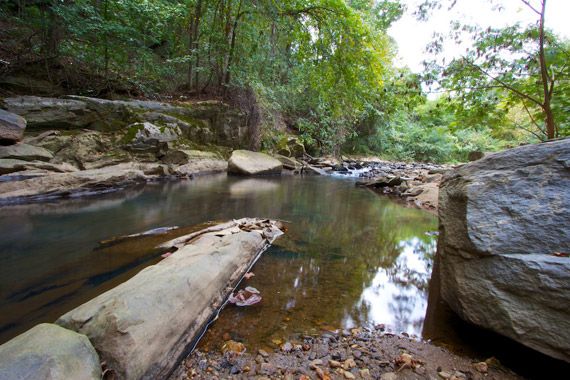



Throughout the paper we reference many contributions published in the Canadian Journal of Forest Research, which has been at the forefront of international wildland fire science.Īfter generations of fire-suppression policy, Indigenous fire management (IFM) is being reactivated as one way to mitigate wildfire in fire-prone ecosystems. We conclude by discussing some possible directions in future Canadian wildland fire research including the further evaluation of fire severity measurements and effects the efficacy of fuel management treatments climate change effects and mitigation further refinement of models pertaining to fire risk analysis, fire behaviour, and fire weather and the integration of forest management and ecological restoration with wildfire risk reduction.

We also discuss the evolution of wildland fire management in Banff National Park as a case study. Specifically, we discuss key developments and contributions in the creation of the Canadian Forest Fire Danger Rating System the relationships between wildland fire and weather, climate, and climate change fire ecology operational decision support and wildland fire management. We celebrate the 50th anniversary of the Canadian Journal of Forest Research by reflecting on the considerable progress accomplished in select areas of Canadian wildfire science over the past half century. These historical bison movement patterns could be mathematically evaluated using biophysical and cultural co-variates with least cost and friction models. , over Howse Pass) and >1000 km northwards into the boreal forest (Peace-Athabasca-Slave river areas). Mountain Wall– The region from the Great Falls of the Missouri north to the Bow River where relatively open terrain, but very narrow corridors into the mountains resulted in highly effective communal hunting by native Americans, and bison rarely reached >10 km into the mountains įorested Foothills and Boreal Plains– A broad region north of the Bow River, reaching to the boreal plains where dense forest cover resulted in low densities of bison that were difficult to hunt, and small herds reached 50-150 km into the mountains (e.g. Montane Valleys- Movement routes on to the upper Snake River (South Pass) and upper Missouri (Bozeman Pass) where open grass-shrub vegetation and wide corridors (particularly South Pass) allowed large herds to move over 1000 km into the mountains from the plains Preliminary analysis of this data suggests that bison’s movement pattern into the mountains varies for by 3 broad regions: This conceptual model is tested using data from first person journal accounts of wildlife observations, wallow densities (in northern regions), and terrain and historic vegetation conditions along potential bison movement corridors into the Cordillera. Based upon historic literature, bison movement from the North American plains into northern section of the Western Cordillera is conceptualized as a 3-phase dispersal process consisting of: 1) an annual migratory pattern of large numbers of bison from the central plains towards the mountains and foothills each fall and winter, and back on the plains in the spring and summer: 2) dispersal events westward through corridors into the mountains that occurred generally when bison were most numerous at the edge of the Cordillera (fall and winter) 3) the persistence or demise of small herds that penetrated the mountains due to interactions with human predation, terrain, forest cover, and snowpack conditions.


 0 kommentar(er)
0 kommentar(er)
